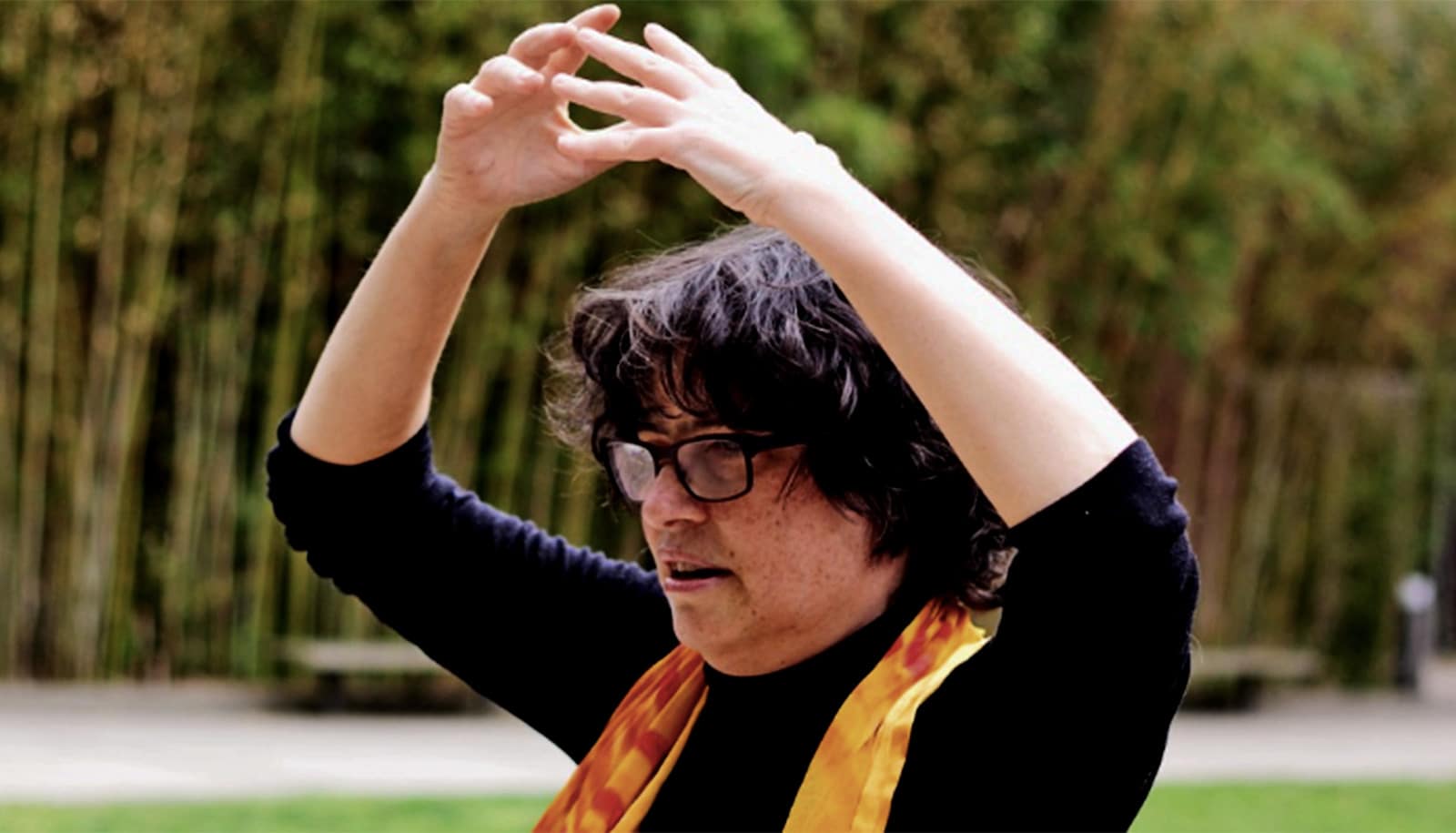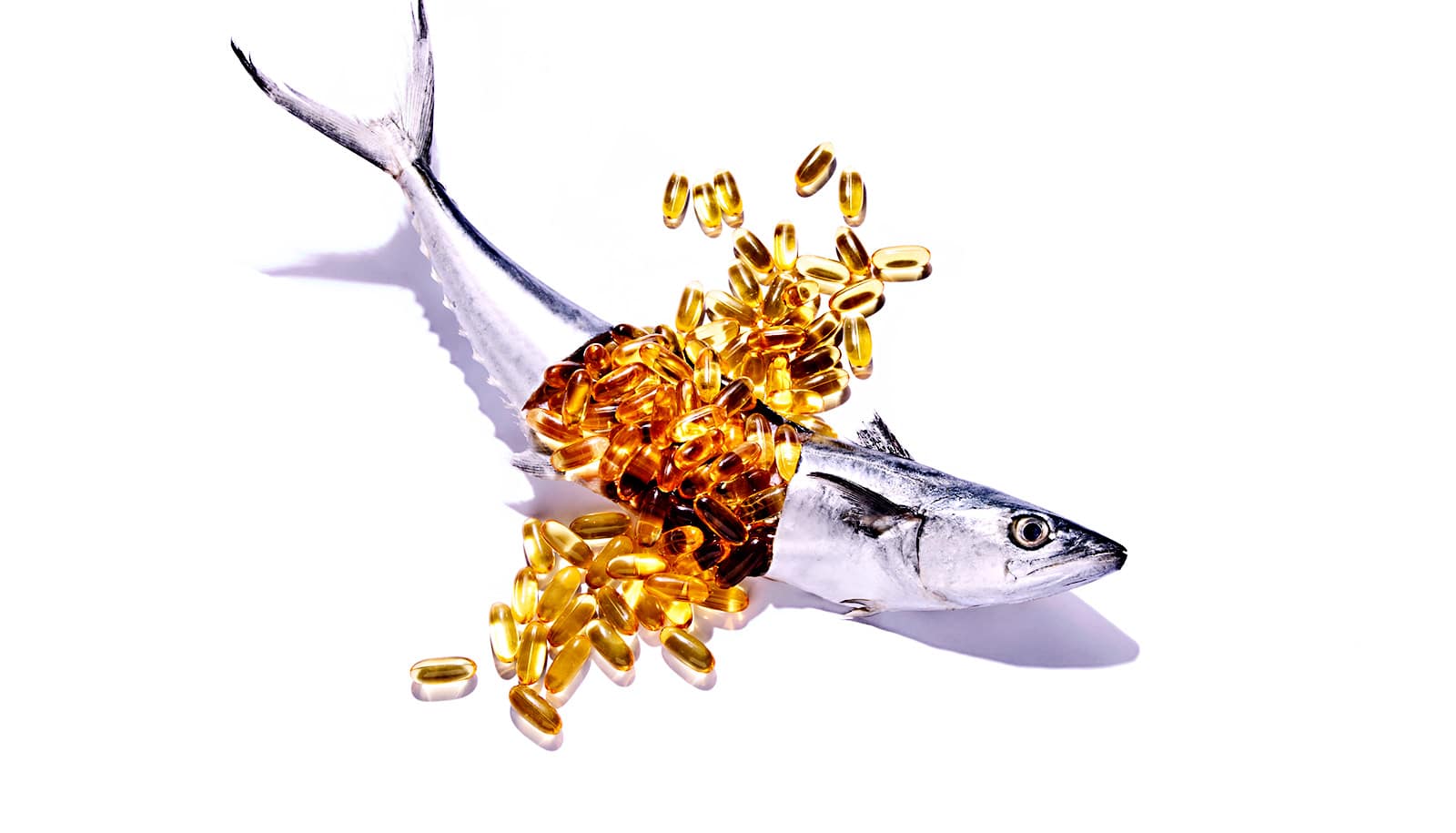A metabolism-targeting drug helped alleviate cancer-related fatigue in mice without interfering with treatments, a study shows.
Cancer-related fatigue (CRF) is a debilitating yet all-too-common condition, which can severely affect quality of life for patients undergoing treatment. For those struggling with CRF, there have been no effective pharmaceutical treatments for the constellation of symptoms that together define the syndrome.
The new findings are a pathway for future cancer-related fatigue research that may someday lead to a new therapy for patients.
“This study identifies dichloroacetate (DCA), an activator of glucose oxidation, as the first intervention, and particularly the first metabolism-focused intervention, to prevent the whole syndrome of cancer-related fatigue in preclinical models,” says Rachel Perry, an assistant professor of medicine (endocrinology) and of cellular and molecular physiology at Yale School of Medicine.
The researchers used tumor-bearing mouse models to investigate the effectiveness of DCA in treating cancer-related fatigue for patients living with melanoma. The group found that DCA did not affect the rates of tumor growth or compromise the effectiveness of immunotherapy or chemotherapy in two mouse cancer models.
The drug also significantly preserved physical function and motivation in mice with late-stage tumors.
The data suggests that DCA treatment may have several positive effects, including reducing oxidative stress in muscle tissue of tumor-bearing mice. The researchers say DCA could be a practice-changing approach in the future, when used as an adjuvant therapy to treat cancer-related fatigue.
“We hope that this research will provide the bedrock for future clinical trials using dichloroacetate—an FDA-approved drug for another indication (lactic acidosis)—to treat the debilitating syndrome of cancer-related fatigue,” says Perry, also a member of the Yale Cancer Center and senior author of the study published in American Journal of Physiology-Endocrinology and Metabolism.
A Young Investigator Award from the Melanoma Research Alliance funded the work.
Source: Michael Masciadrelli for Yale University


